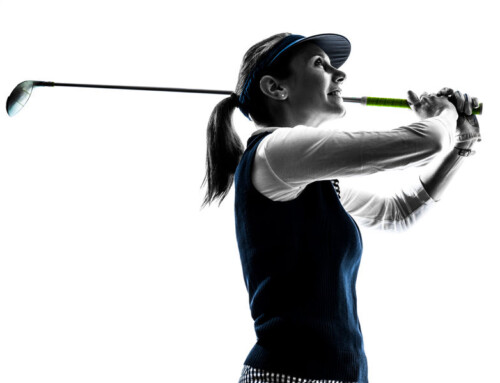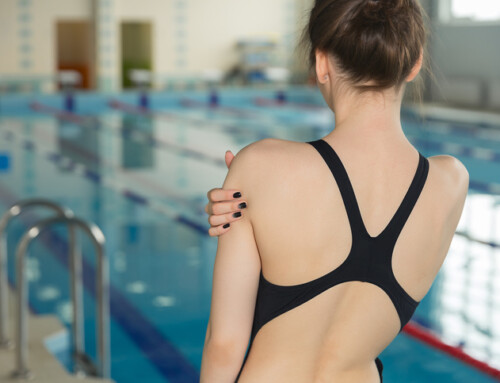Jamie Handford, SPT
With the recent attention on the 2015 women’s World Cup and the focus on FIFA and their response to head injuries it seems only appropriate to go over some facts and myths about concussions. The CDC estimates that approximately 1.6 to 3.8 million sports related concussions occur annually in the United States, so it is important for parents and athletes to understand how to recognize head trauma and follow the right plan of action to prevent further damage to the brain.
What is a concussion? A concussion is a pathophysiological process that occurs in the brain after it experiences trauma from a direct or indirect blow to the head. The brain is surrounded by a fluid called cerebrospinal fluid which acts as a shock absorber for minor impacts, but when a strong enough force comes in contact with the head the brain moves inside the skull rapidly which causes a concussion to occur.
What are the symptoms of a concussion? The brain has many functions in the body so when it is disturbed various symptoms can occur. Symptoms can include headaches, nausea, difficulty with concentration or memory, irritability, sadness, sleep disturbances, sensitivity to light/noise, fatigue, issues with balance, mood changes, or even changes in appetite or energy level just to name a few. Recognizing a head injury has occurred is especially important in young athletes. Research shows high school athletes take longer to recover than collegiate or professional athletes and the severity of the symptoms is greater.
What do I do if I think a concussion has occurred? If an athlete has experienced head trauma they do not need to lose consciousness to confirm they have a concussion. First they should be removed from the game to be assessed and not allowed to return to competition. If an athletic trainer or team PT is present a concussion test can be performed right there. If no health care professional is present make sure the athlete does not return to the game and monitor their symptoms at home until a follow-up with their physician within 24-48 hours of symptom development can be obtained. If their symptoms begin to worsen the athlete needs to be brought immediately to the ED for further evaluation. To ensure appropriate healing of the brain make sure the athlete does not participate in any physical activity or put cognitive stress on the brain (studying, video games, etc.).
How can a physical therapist help? No two concussions present exactly the same, but a PT can help by treating the problems that develop because of the injury. Your PT can develop a treatment plan tailored to your particular impairments. Vestibular techniques can be used to treat dizziness, severity of headaches can be decreased by treating the neck for various problems created by the impact, and your therapist can assist you in safely returning to activity.
CapitalAreaPT.com
Malta NY







